Everything you need to know about specifications and performance - Mercedes-Benz E-class 2020 - E 220d (194 Hp) 4MATIC 9G-TRONIC
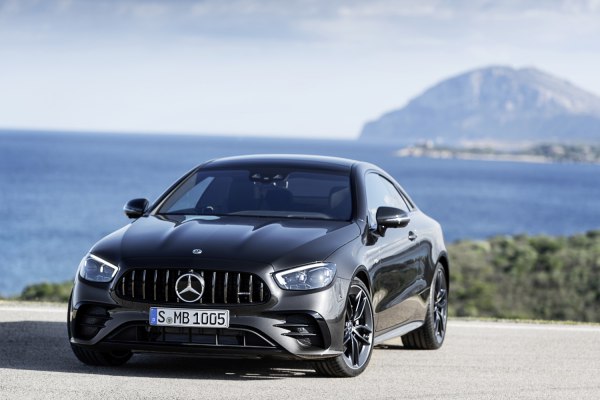
Overview:
What is the engine capacity of a Mercedes-Benz E-class 2020?
The engine capacity of the Mercedes-Benz E-class 2020 is 1950.
Mercedes-Benz E-class 2020 How many horsepower?
The engine power of the Mercedes-Benz E-class 2020 is 194 Hp.
What is the Mercedes-Benz E-class 2020 engine?
Mercedes-Benz E-class 2020 engine is OM 654 DE 20 LA. (Click to see other cars using the same engine)
How much gasoline does a Mercedes-Benz E-class 2020 consume?
The Mercedes-Benz E-class 2020 consumes 5.2-5.5 liters of gasoline per 100 km
General:
Engine:
Performance:
Space:
dimensions:
Powertrain, Suspension and Brakes:
See also
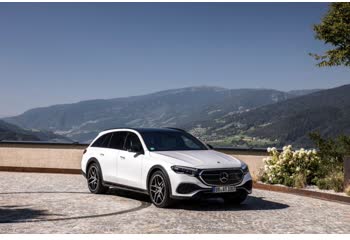
Last generation.
Its production began in 2023 until Now
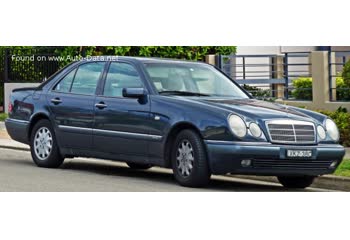
Other generation.
Its production began in 1999 until 2000
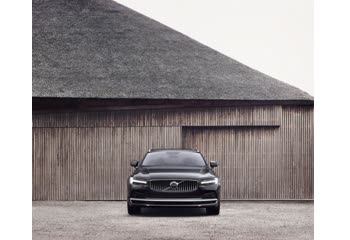
Same production year and almost the same engine capacity.
Its production began in 2020 until 2020
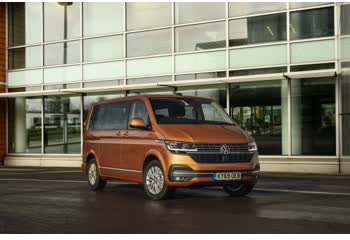
Same production year and almost the same engine capacity.
Its production began in 2020 until 2023

Write a comment